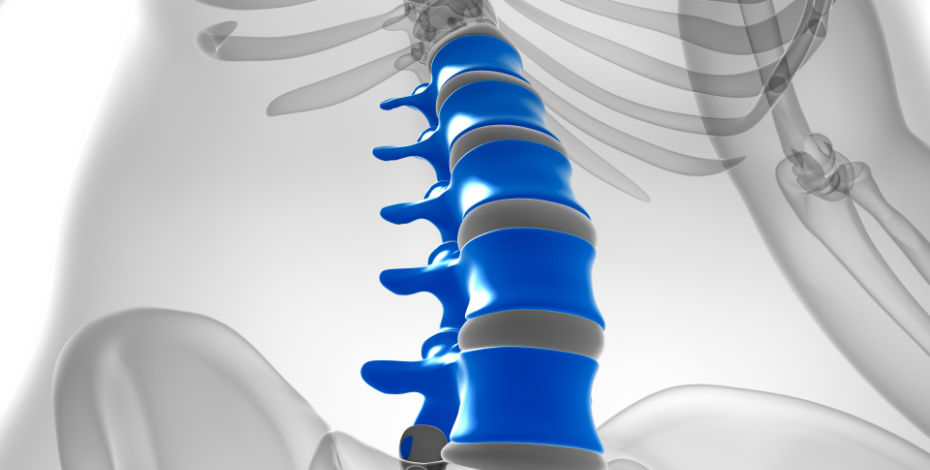
Strength after stroke

The loss of strength after a stroke is a common impairment. Davide De Sousa discusses the research that explores whether interventions involving repetitive practice improve strength in stroke patients.
How common and how severe is loss of strength after stroke?
Some people who have had a severe stroke can lose as much as 50–70 per cent strength in the affected arm and leg. This loss of strength can result in profound activity limitations and participation restrictions.
What made you want to consider whether repetitive practice might be an alternative intervention to improve strength?
We have evidence that progressive resistance training improves strength after stroke. However, these improvements in strength do not carry over into improvements in activity limitations. Progressive resistance training is characterised by muscles working at high loads with low repetitions, that is, a load of maximum 8–12 repetitions for at least two sets with a progressive increase of the load.
Progressive resistance training in the purest form is also not commonly used in stroke rehabilitation. This may be because progressive resistance training is time consuming to set-up and difficult to implement in people with very weak muscles.
Repetitive practice of tasks such as walking or reaching and manipulating objects is a major component of rehabilitation after stroke.
Some interventions used to promote repetitive practice include constraint-induced movement therapy (CIMT), body weight supported treadmill walking, or robotic devices. These interventions are typically performed with an emphasis on high repetitions and no added resistance to movement; hence, the principles of repetitive practice are very different to the principles of progressive resistance training.
Repetitive practice is known to be effective for reducing activity limitations with many systematic reviews confirming this, but less is known about the effects of repetitive practice on strength after stroke, and no systematic review has specifically investigated this issue.
Did you only include trials of repetitive practice versus control, and what sorts of interventions did you accept as providing repetitive practice?
We defined repetitive practice as repetitive voluntary contraction of muscles of the affected upper or lower limb and included repetitive practice of a whole task (sitting, standing up, walking), or components of a task (elbow extension/flexion as a component of reaching and manipulation).
We included any intervention that involved repetitive practice and excluded studies where the intervention only included an artificial drive of muscle contraction (electrical stimulation or robotics without attempts to move a limb), interventions that did not require voluntary muscle contraction, or interventions involving progressive resistance training. We compared repetitive practice to no intervention or a sham intervention, and only included randomised controlled trials.
Did your systematic review find many eligible studies to include in the review?
Fifty-two studies were included in our review. Forty-six studies with 1928 participants reported post-intervention data and were used to determine the overall effect of repetitive practice on strength.
The review gave a strong indication that repetitive practice improves strength. Can you quantify the amount of improvement?
The overall standardised mean difference (SMD) of repetitive practice on strength when the upper and lower limb studies were combined was 0.25 (95% CI 0.16 to 0.34) in favour of repetitive practice. This represents a small improvement in strength. Interestingly, when the upper and lower limb studies were analysed separately the estimates indicated a 15 per cent relative increase in strength in the upper limb, and a 28 per cent relative increase in strength in the lower limb when compared to mean baseline strength.
Within that analysis, did you get a sense of which types of repetitive practice might be the most effective for improving strength?
Our review included studies that involved 12 different types of interventions. These interventions were also analysed separately. The most common intervention was task-specific training, with 18 studies (upper and lower limb) and 931 participants.
The intervention with the largest effect on upper limb strength was CIMT, with two studies and 22 participants. CIMT improved upper limb strength by 138 per cent when compared to mean baseline strength. The intervention with the largest effect on lower limb strength was functional electrical stimulation, with three studies and 107 participants. Functional electrical stimulation improved lower limb strength by 39 per cent when compared to mean baseline strength.
Did the improvements in strength carry over to improvements in activity?
Our results suggest that small improvements in strength with repetitive practice translate into small improvements in activity of the upper (SMD 0.15, 95% CI 0.02 to 0.29) and lower limbs (SMD 0.25, 95% CI 0.12 to 0.38) after stroke. This translates to an absolute mean increase of 3/57 points (95% CI 0.4 to 5.8) on the action research arm test (upper limb activity) and 0.13m/s (95% CI 0.06 to 0.20) in walking speed when the results are back converted using the largest, least biased and most representative study of those included in the analysis.
The results for activity need to be interpreted with caution because the aim of this review was not to determine the effect of repetitive practice on activity. Instead, the pooled analysis of activity was a secondary analysis used to determine whether improvements in strength were accompanied by improvements in activity; therefore, we did not include studies that measured activity unless they measured strength.
Other reviews provide the best evidence about the effects of repetitive practice on activity. However, the unique feature of our review is that it provides insights into the possible mechanisms underlying the observed improvement in activity with repetitive practice.
The accompanying improvement in activity with improvement in strength suggests that the observed improvement in activity may at least in part be due to improvement in strength.
In the discussion, you comment that the review did not have a prior threshold for what would constitute an important improvement in strength, but does that really matter if you have demonstrated that the intervention improves strength enough to also improve activity?
There is no clinically relevant improvement for strength because the amount of strength required to move a limb is relative to the size of the limb being moved and the task being performed.
It is good practice to pre-specify clinically relevant improvements in reviews and clinical trials. Importantly, just because we observed improvements in strength and improvements in activity does not mean that the improvements in strength caused the improvements in activity. It is suggestive of this, but we should not interpret these findings as evidence of a causal link between strength and activity.
Davide De Sousa is a physiotherapist witha BSc (Hons) Physiotherapy and PhD candidate investigating the effects of strengthening interventions after stroke, at the University of Sydney. He has more than 10 years’ experience in adult neurological, orthopaedic and older person rehabilitation. His current research is focused on dosage of functional training, and interventions that improve strength and function in people after stroke.
© Copyright 2025 by Australian Physiotherapy Association. All rights reserved.





